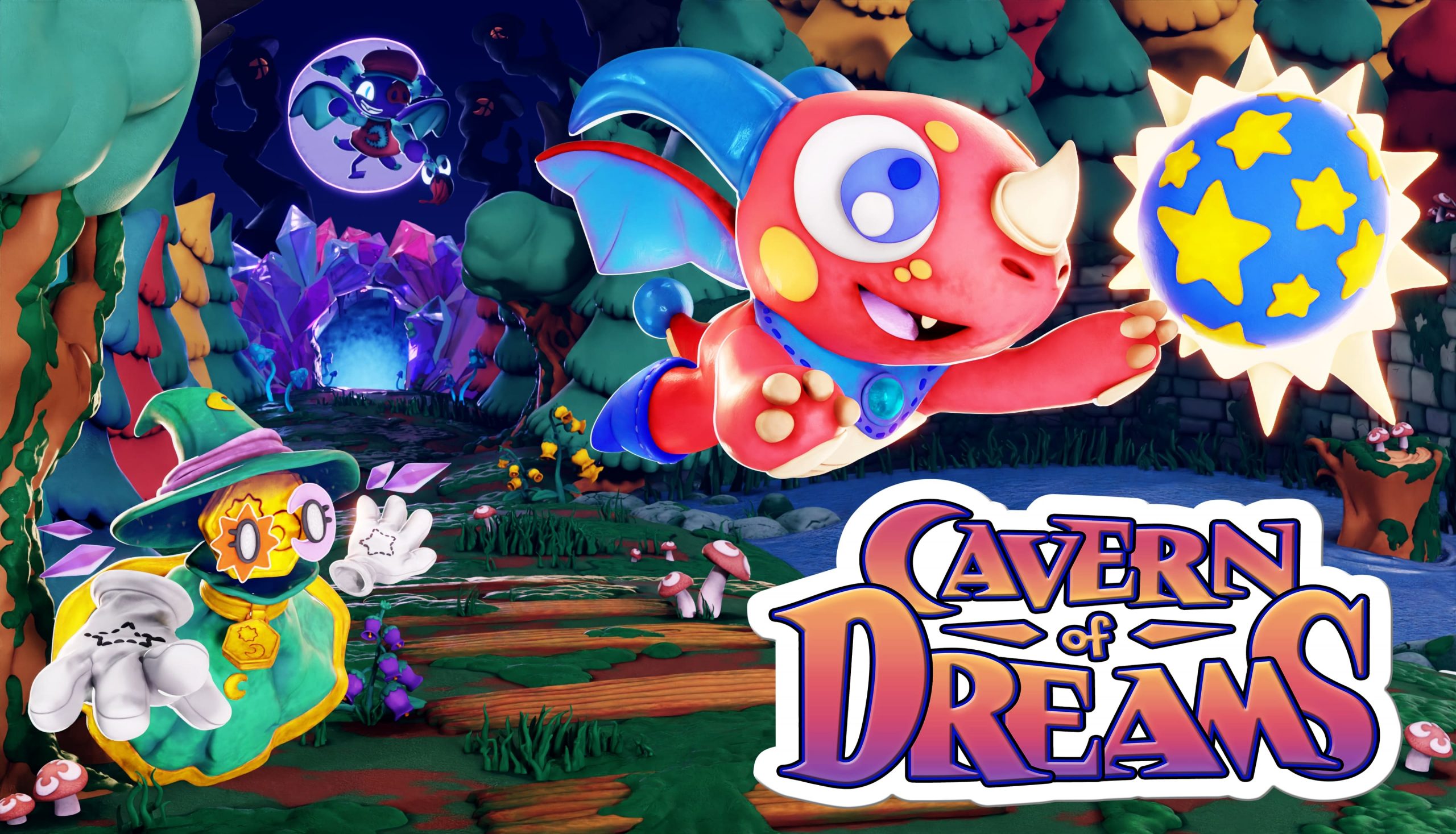
Gaming Editor Louis Wright praises Cavern of Dreams for its liminal atmosphere and modernised controls
Cavern of Dreams was received for free for review purposes
For many, platformers reached their pinnacle with the N64. The emergence of 3D games, alongside the open environments the system offered, tied tightly to the gameplay loop of finding and collecting secrets scattered throughout these worlds made for immersive, engaging experiences rarely seen in the industry beforehand. This style of game, and the charm they hold, has been chased since. Yooka-Laylee (2017) and A Hat in Time (2017) are excellent examples of how the 3D collectathon genre has been fighting for a resurgence.
It is arguably the most successful of its contemporaries
Cavern of Dreams (2023) is the latest attempt in capturing the feel of an era long gone. And regarding this it is arguably the most successful of its contemporaries. Cavern of Dreams goes all-in on recreating the feeling of the likes of Banjo-Kazooie (1998) with its low-polygon models, theming, and gameplay loop of collecting different items. This creates an environment that draws you in and makes it feel like the game is being played under a bedsheet, in front of a CRT on a cold rainy night.

The game pushes this aesthetic to its limits, as by default the game begins with a blur effect and lines across the screen that are reminiscent of playing the game on a CRT. A charming start to the game can become grating during gameplay as it’s possible to miss small collectibles. Luckily this effect can be disabled in the settings menu which makes it an endearing add on more than anything else.
The game pushes this aesthetic to its limits
Unlike these forebears, Cavern of Dreams dares to modernise itself to fit current gaming sensibilities. This is most notable in the camera controls of the game. Since the original run of 3D collectathons in the 90s, standard controllers have gained a second control stick, allowing for the games camera to be tied to something more fluid than a single button (or 4 depending on the console). Cavern of Dreams takes full advantage of these developments in control schemes and the betterments of 3D collectathons to be a smooth experience.

This extends to the controls of the game as well. Movement is natural with a smooth and tight turn radius that makes platforming charming and something to look forward to. Moreover the extent of abilities that the player is provided allow for a variety in how challenges are approached. The roll ability the player begins with is a standout, alongside the ability to use their tail attack to extend jumps. This freeform approach to the game is encouraged by its design as well, with the entire adventure being completable with only the starting abilities.
Movement is natural with a smooth and tight turn radius
What really sets Cavern of Dreams apart, however, from the near oversaturated genre it inhabits is its remarkably distinct atmosphere. Its enclosed, bound world and the levels that form it produces a distinctly lonely style. This makes the adventure carry the course of the game and the unique characters that inhabit said world all the more special; they are a reprise from the usual traversal of a cavern seemingly overtaken by nature.
Rating
8/10
Cavern of Dreams, while understated, finds itself hitting the highs of games in the same genre. It defines itself with its confined, almost liminal atmosphere, tight controls and charming, nostalgic aesthetic. The game throws players in with all of the abilities necessary to overcome its challenges but the way it expands movement options past its basics make the game repeatedly approachable.
Trailer
Read more gaming reviews here:

Comments